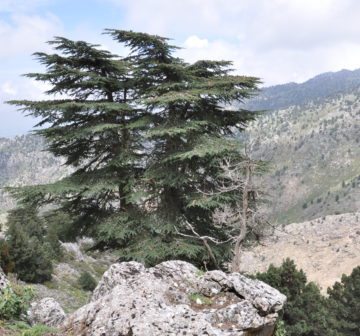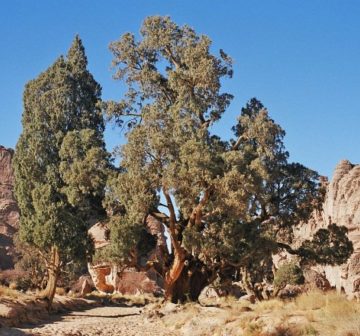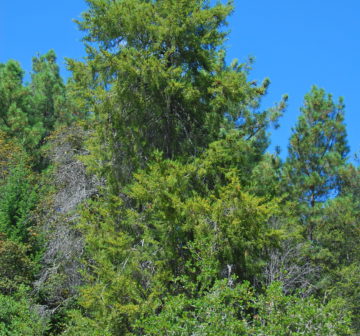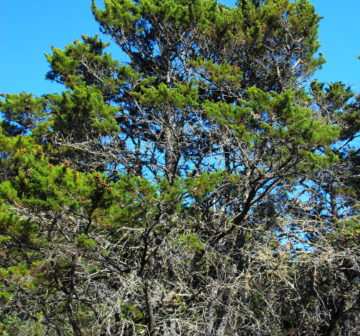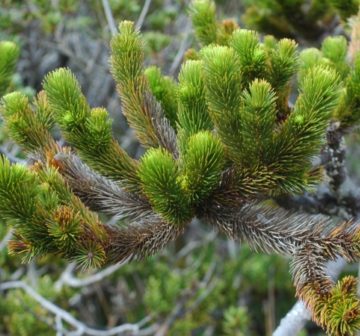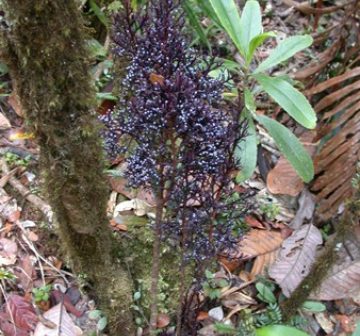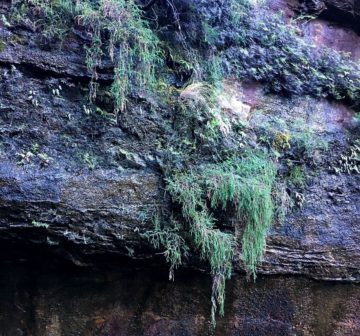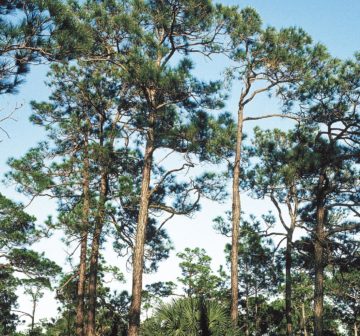Categories · Threats
Recreational activities
Although recreational activities can have very positive effects on biodiversity by providing much-needed income for protected areas, they can have a negative impact if not managed effectively. Intensive recreational facilities such as campgrounds often result in the removal of the local vegetation for use on camp fires.
This is well documented in the case of Cupressus dupreziana var dupreziana in Algeria whereby many trees have become mutilated as a result of the removal of fire wood as a source of fuel for campers and is having a very negative impact on an already dwindling small population. Areas of high human use such as camping grounds will also increase the potential for increased fire occurrence. Because conifers are a common component in mountainous regions where they often dominate, they are particularly vulnerable to the development of winter sport activities such as ski resorts. Some conifer species have become threatened due to invasive plant pathogens and non-native weeds which can be spread by activities such as hiking, horse riding and mountain biking.
There are 13 taxa in the category – Human intrusions, Recreational activities:
Page 1 of 2 pages · next page >
Download full list of taxa in this category as CSV
Page 1 of 2 pages · next page >




